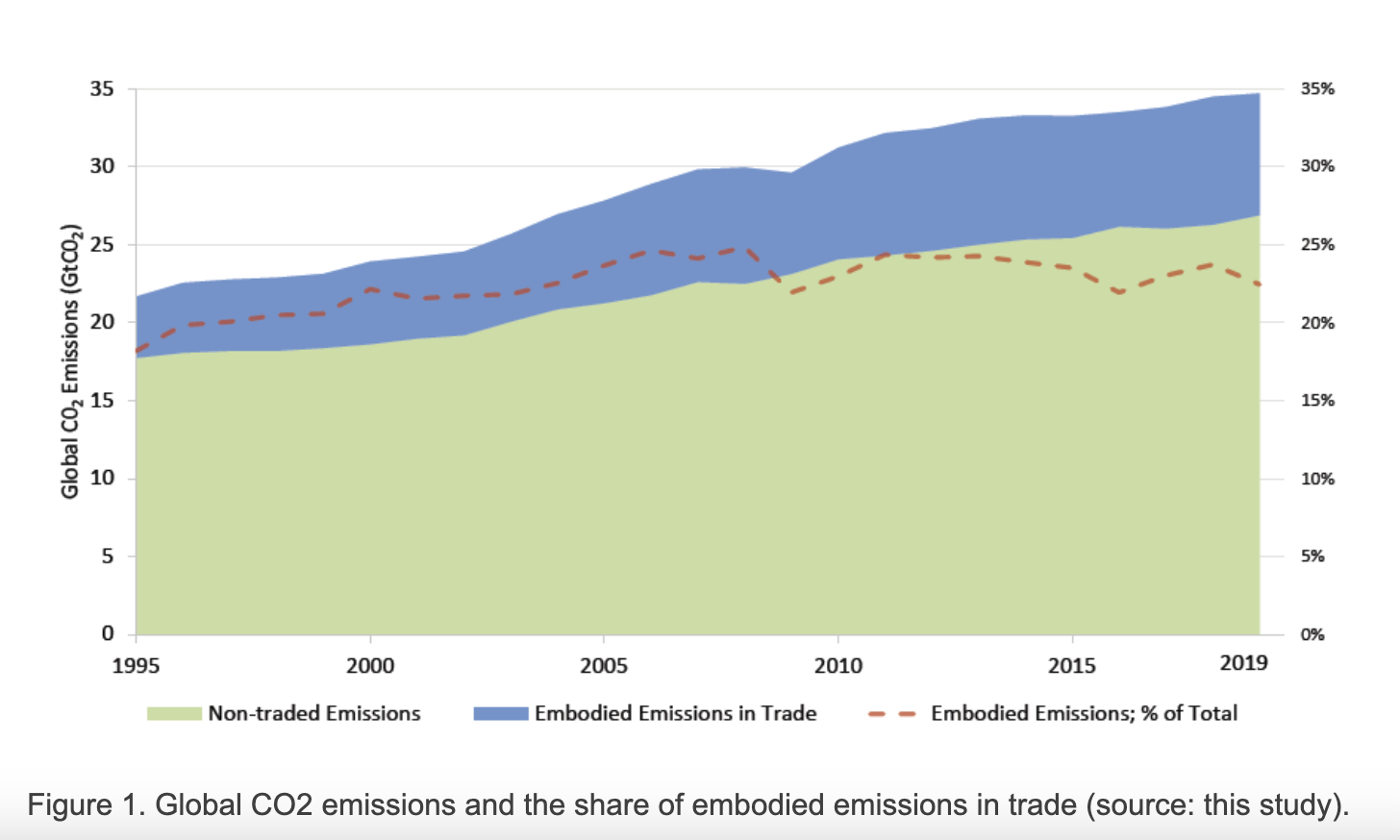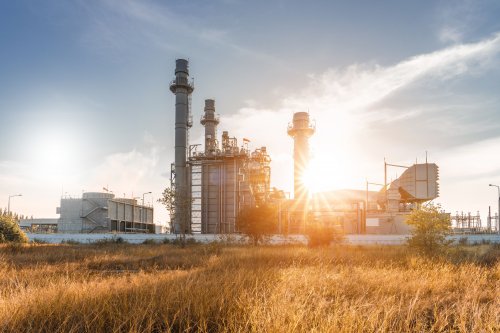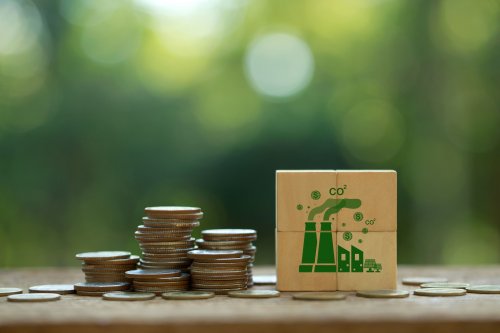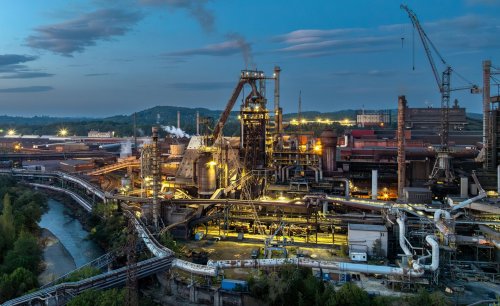A study by the Climate Leadership Council has shown that about 22% of carbon emissions come from imported goods (hidden emissions), which are recorded in the producing countries, not the consumers.
Import carbon adjustment mechanisms, such as CBAM, can help avoid carbon leakage, i.e. the transfer of production to countries with less stringent climate policies, according to the Climate Leadership Council.
Researchers analyzed carbon emissions from global trade in 2019 to avoid the impact of the COVID19 pandemic. They found that hidden emissions grew until 2008 and have since stabilized at 20-25%. However, as global carbon emissions increase, the total amount of hidden emissions in trade is also growing.

globalefficientsintel.chom
It is noted that the different carbon capacity of goods and heterogeneous climate policies in different countries can increase the "carbon loophole". It can also increase carbon leakage.
The study highlighted that of the top 20 global hidden emissions streams, eight originate from China. The country is the largest net exporter of carbon emissions, followed by Russia, South Africa and other emerging economies. And the US is the largest net importer of emissions, followed by high-income countries (UK, France, Italy and Germany).
It is noted that the imbalance in emissions between countries is changing. Developing and middle-income countries now transfer more emissions to each other. This change is due in part to the growth of South-South trade and the growth of the middle class in developing countries. After all, the demand for goods that have long been consumed in developed countries is growing.
The study revealed that:
- the total carbon content of international trade in commodity steel in 2021 was about 700 metric tons of CO2 (19% of total CO2 emissions from the global steel industry). There is also a significant carbon content in steel-containing goods, such as cars, household appliances, etc.;
- cement and clinker in 2019 – about 141 Mt of CO2 (about 6% of total CO2 emissions from the global cement industry);
- unprocessed aluminum in 2019 – about 147 Mt of CO2 (approximately 22% of total CO2 emissions from the global aluminum industry);
- chemical products in 2019 – about 478 Mt of CO2.
Earlier, EcoPolitic wrote, that one of the main tools of the EU's climate policy is the carbon import adjustment mechanism CBAM, which is designed to level the playing field for companies that are subject to different climate norms and taxes. From 2027, in Great Britain will introduce its analogue of the European CBAM.
As EcoPolitic previously reported, the transitional period of application of the CBAM (Carbon Import Adjustment Mechanism) began in the EU on October 1. Until the end of 2025, importing companies only have to report on the level of carbon released into the environment during the production process, and from 2026 – to receive CBAM certificates for their products.





